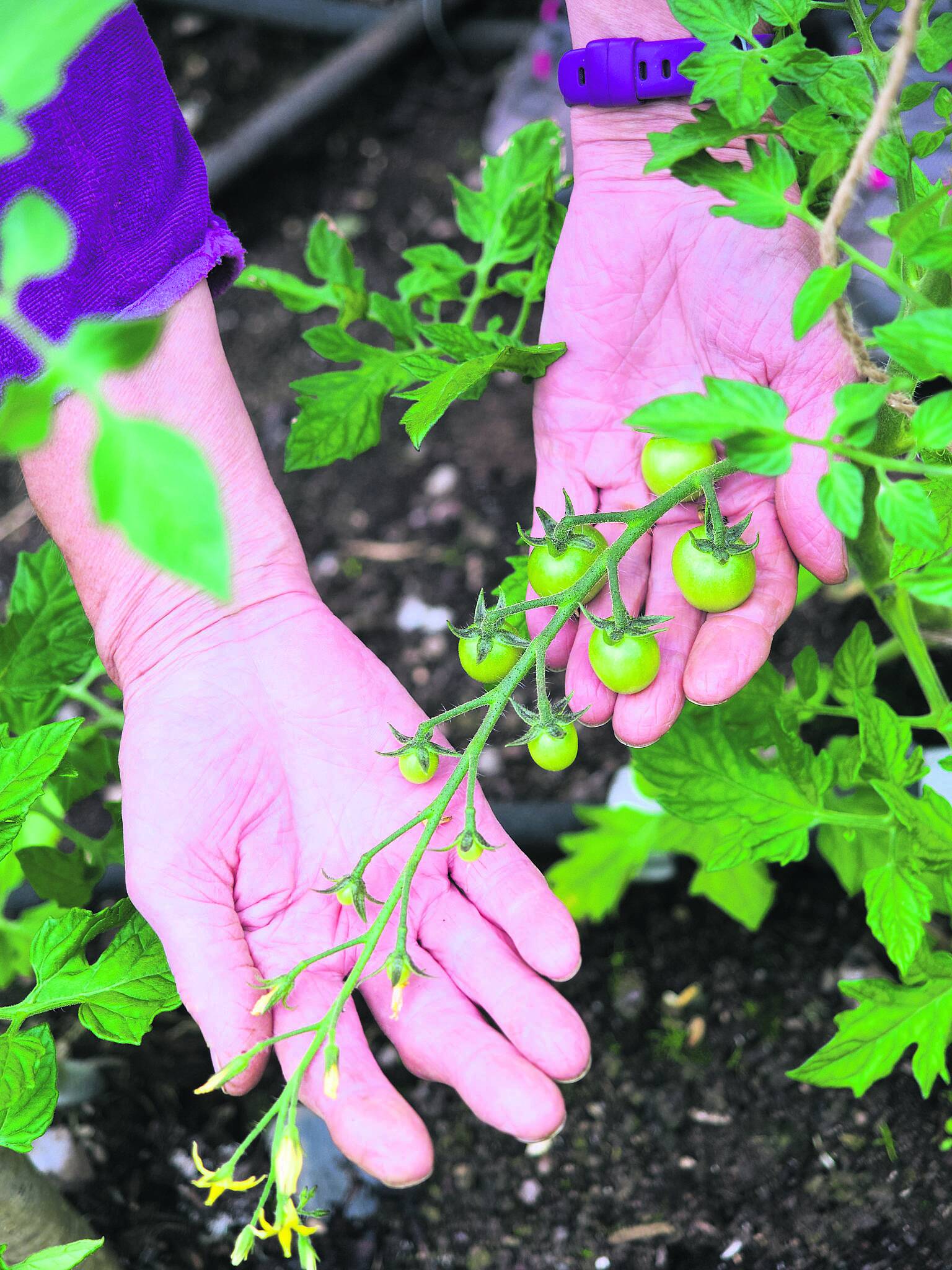
We are closing in on the longest day of the year.
Celebrate if you like – there’s a long way to go before autumn arrives and there is plenty of summer ahead that will still bring long days and blue skies.
We always hope for sun to balance the showers, but plants will thrive with any mix that arrives.
Summer is peak time in the garden when everything is growing fast. Flowers, fruit and vegetables are all doing well and trees are covered with their best bright leaves. There are always plenty of jobs to do, but remember to take time to sit out and enjoy the garden and soak up all the joy to the heart that it
brings.
The finest fruit
June is peak strawberry month and this year’s strawberries are bigger and sweeter than ever. It’s definitely the time to pick eat and enjoy!
Even if you only have a few plants, it’s worth taking the time to savour each individual fruit. Bumper crops can be used to make
jam.
If plants are healthy and not too old, they should keep ripening berries over several weeks. Older plants can struggle to crop and it’s best to remove them and replace with strong young
plants.
Use sticks to mark any plants that do very well – if these ones produce runners, then they are the ones to use for propagation.
Use a fencing staple to peg down the stem of a runner so that the small strawberry plant at the end sits in a pot of compost. This small plant will root down into the compost and the runner can then be cut to separate the new small plant.
Only grow on the first plant on any runner – these do better than second or third ones. Healthy young plants can crop well next summer and will do better again in the year after that.
Potatoes
Early varieties are flowering now. This is usually a sign that some potatoes are forming under the ground. You can lift a few if you want a treat of small baby spuds, but the longer you leave them, the bigger they get and you will get a much larger crop from each plant.
I always lift one or two early, just for the treat, then I try again in another week. You will be amazed at how quickly they grow.
Keep an eye out for blight, which attacks on warm humid days. And earth up around stems so potatoes don’t turn green with exposure to light.
Tomato care
Trusses are filling up with promising green fruits. The fruits nearest the stem ripen first, while there may still be flowers down at the tip. Long trusses can keep producing tomatoes for many
weeks.
Cherry varieties are usually the first to ripen fruits, while large beefsteak tomatoes will take much longer to swell and ripen.
If flowers aren’t setting on your tomato plants, give them a light mist of water to help fruit set. And if you want fruits to swell to full size, keep soil damp around the roots and feed every week with a good tomato feed.
Keep nipping out side-shoots and keep tying stems to supports so they don’t break under a weight of fruit. Plants lean towards the light and a few ties will help to keep them upright.
Check leaves and remove any that are discoloured or show signs of disease. It’s better to get rid of problems early than to let them spread. Tomatoes can suffer from blight and you want to control this as best you can.
 A tomato truss sets fruit from the stem end down
A tomato truss sets fruit from the stem end down
Window boxes, containers and pots
The compost that you put in these at planting time, will soon run out of nutrients. Act soon and start using a liquid feed while flowers are at their healthy best.
Don’t wait until plants start to fail – feed now and you will keep window boxes and pots full of flowers.
Always water compost first before using a liquid feed. If you apply feed to dry compost, plant roots can’t access the nutrients as
easily.
Remove flowers that are past their best. This act of ‘dead-heading’ will make the display more attractive and it will also help to keep plants flowering.
And don’t worry if you haven’t planted up your pots and containers yet.
There are still lots of small flowering plants to buy from garden centres, shops and market stalls Do it now and don’t delay – that way you get to enjoy a longer display.
Think about sowing
Keep sowing rows of salad leaves, lettuce and spinach.
Think what sowings you want to make in July and make sure you have seed for what you want to grow through autumn and winter. Spring cabbage, Swiss chard, beetroot, kale, parsley and beetroot are some options.








